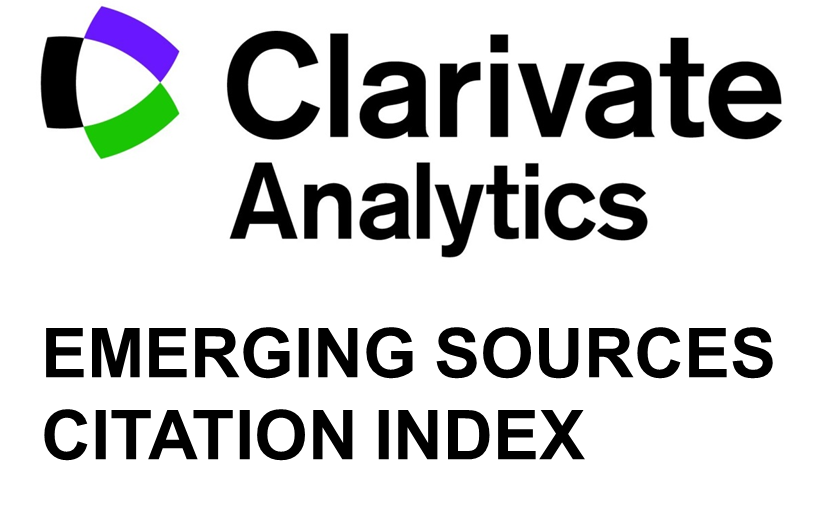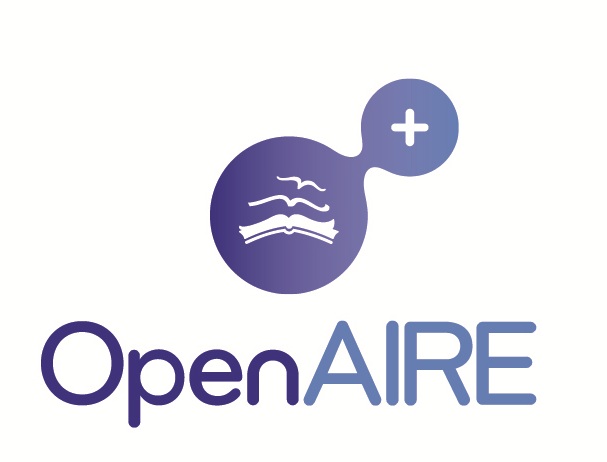COMPARISON OF MPPT ALGORITHMS FOR DC-DC BOOST CONVERTER IN GRID-TIED PHOTOVOLTAIC SYSTEMS
Nabila Shehata, Ahmed E. A. Hussien, Walid S. E. Abdellatif, Praveen C Ramamurthy, Ahmed Emad-Eldeen
DOI: 10.15598/aeee.v22i2.5318
Abstract
In unpredictable weather circumstances, a maximum power point tracking (MPPT) approach is critical for ensuring maximum photovoltaic (PV) output power is extracted. In This paper we will compare the incremental conductance algorithm (IC) , ρerturb and Observe (ρ& o) ,and the fuzzy logic controller (FLC) as maximum power point tracking (MPPT) techniques. The three algorithms were used on a photovoltaic energy conversion system that was linked to a grid. The suggested methodologies investigate the photovoltaic (PV) system's solar energy conversion performance under various irradiance and temperature circumstances. Lastly, a performance comparison between IC , P O, and FLC has been performed, demonstrating the superiority of the fuzzy controller over the other approaches. FLC converts photovoltaic electricity readily, reducing fluctuations, and it responds quickly to variations in solar irradiation (shading effect). The simulation results demonstrate that the controller using fuzzy logic performs well, allowing the inverter to convert electricity provided by the solar panels.
Keywords
References
References
Apurba, M., Daniel, P., Mohammad, M. T., Suverna, T., Pawan, K. and Pankaj, Y. A review of aspects of additive engineering in perovskite solar cells. J. Mater. Chem. 2020, vol. 8, 27–54, no. 1, pp. 27–54. DOI:10.1039/C9TA07657C.
M. Karimi, H. Mokhlis, K. Naidu, S. Uddin and A. H. A. Bakar. Photovoltaic penetration issues and impacts in distribution network - A review. Renew. Sustain. Energy Rev. 2016, vol. 53, pp. 594–605. DOI:10.1016/j.rser.2015.08.042.
V. K. An Overview of Factors Affecting the Performance of Solar PV Systems. Energy Scan.2017, February, pp. 2–8.
B. Subudhi and R. Pradhan. A comparative study on maximum power point tracking techniques for photovoltaic power systems. IEEE Trans. Sustain. Energy.2013, vol. 4, no. 1, pp. 89–98.
A. Rajavel and N. Rathina Prabha. Fuzzy logic controller-based boost and buck-boost converter for maximum power point tracking in solar system. Trans. Inst. Meas. Control. 2021, vol. 43, no. 4, pp. 945–957.
D. Verma, S. Nema, A. M. Shandilya and S. K. Dash. Maximum power point tracking (MPPT) techniques: Recapitulation in solar photovoltaic systems. Renew. Sustain. Energy Rev.2016, vol. 54, pp. 1018–1034.
H. Shahid, M. Kamran, Z. Mehmood, M. Y. Saleem, M. Mudassar and K. Haider. Implementation of the novel temperature controller and incremental conductance MPPT algorithm for indoor photovoltaic system. Sol. Energy.2018, vol. 163, pp. 235–242. DOI:10.1016/j.solener.2018.02.018.
M. Al-Dhaifallah, A. M. Nassef, H. Rezk and K. S. Nisar. Optimal parameter design of fractional order control based INC-MPPT for PV system. Sol. Energy.2018, vol. 159, pp. 650–664. DOI: 10.1016/j.solener.2017.11.040.
R. I. Putri, S. Wibowo and M. Rifa’i. Maximum power point tracking for photovoltaic using incremental conductance method. Energy Procedia.2015, vol. 68, pp. 22–30. DOI: 10.1016/j.egypro.2015.03.228
S. A. Mohamed and M. Abd El Sattar. A comparative study of P&O and INC maximum power point tracking techniques for grid-connected PV systems. SN Appl. Sci..2019, vol. 1, no. 2, pp. 1–13. DOI: 10.1007/s42452-018-0134-4
K. Jain, M. Gupta and A. Kumar Bohre. Implementation and Comparative Analysis of PO and INC MPPT Method for PV System. In: India Int. Conf. Power Electron. IICPE. 2018, pp. 1–6. DOI: 10.1109/IICPE.2018.8709519.
E. A. Gouda, M. F. Kotb and D. A. Elalfy. Modelling and Performance Analysis for a PV System Based MPPT Using Advanced Techniques. Eur. J. Electr. Eng. Comput. Sci.2019, vol. 3, pp. 1–7. DOI: 10.24018/ejece.2019.3.1.47.
A. Ghamrawi, J. P. Gaubert and D. Mehdi. A new dual-mode maximum power point tracking algorithm based on the Perturb and Observe algorithm used on solar energy system. Sol. Energy.2018, vol. 174, pp. 508–514. DOI: 10.1016/j.solener.2018.09.013.
S. Singh, S. Manna, M. I. H. Mansoori and A. K. Akella. Implementation of Perturb Observe MPPT Technique using Boost converter in PV System. In: Int. Conf. Comput. Intell. Smart Power Syst. Sustain. Energy, CISPSSE. 2020, pp. 29–32. DOI: 10.1109/CISPSSE49931.2020.9212203
R. Arulmurugan. Optimization of Perturb and Observe Based Fuzzy Logic MPPT Controller for Independent PV Solar System. Wseas Trans. Syst. 2020,vol. 19, pp. 159–167. DOI: 10.37394/23202.2020.19.21
W. I. Hameed, A. L. Saleh, B. A. Sawadi, Y. I. A. Al-Yasir and R. A. Abd-Alhameed. Maximum power point tracking for photovoltaic system by using fuzzy neural network. Inventions.2019, vol. 4. DOI: org/10.3390/inventions4030033
T. Nahak and Y. Pal. Comparison between conventional, and advance maximum power point tracking techniques for photovoltaic power system. In: IEEE 7th Power India Int. Conf, PIICON .2016.
T. H. Kwan and X. Wu. Maximum power point tracking using a variable antecedent fuzzy logic controller. Sol. Energy.2016, vol. 137, pp. 189–200. DOI: org/10.1016/j.solener.2016.08.008.
M. A. Danandeh and S. M. Mousavi G. A new architecture of INC-fuzzy hybrid method for tracking maximum power point in PV cells. Sol. Energy. 2018, vol. 171, pp. 692–703. DOI: org/10.1016/j.solener.2018.06.098
P. K. Pathak, A. Kumar Yadav and P. A. Alvi. Maximum Power Operation of SPV System using Advanced FL based Control Strategy. In: 8th Int. Conf. Power Syst. Transit. Towar. Sustain. Smart Flex. Grids, ICPS .2019. DOI: 10.1109/ICPS48983.2019.9067615
A. M. Eltamaly, M. S. Al-Saud and A. G. Abokhalil. A novel scanning bat algorithm strategy for maximum power point tracker of partially shaded photovoltaic energy systems. Ain Shams Eng. J. 2020, vol. 11, no. 4, pp. 1093–1103. DOI: org/10.1016/j.asej.2020.02.015
P. K. Pathak and A. K. Yadav. Design of battery charging circuit through intelligent MPPT using SPV system. Sol. Energy. 2019, vol. 178, pp. 79–89. DOI: org/10.1016/j.solener.2018.12.018
J. A. Ramos Hernanz, J. J. Campayo Martín, I. Zamora Belver, J. Larrañaga Lesaka, E. Zulueta Guerrero and E. Puelles Pérez. Modelling of photovoltaic module. Renew. Energy Power Qual. J. 2010, vol. 1, no. 8, pp. 1186–1190.
D. K. Sharma and G. Purohit. Advanced perturbation and observation (P&O) based maximum power point tracking (MPPT) of a solar photo-voltaic system. In: India Int. Conf. Power Electron. IICPE.2012, pp. 3–7. DOI: 10.1109/IICPE.2012.6450411.






















